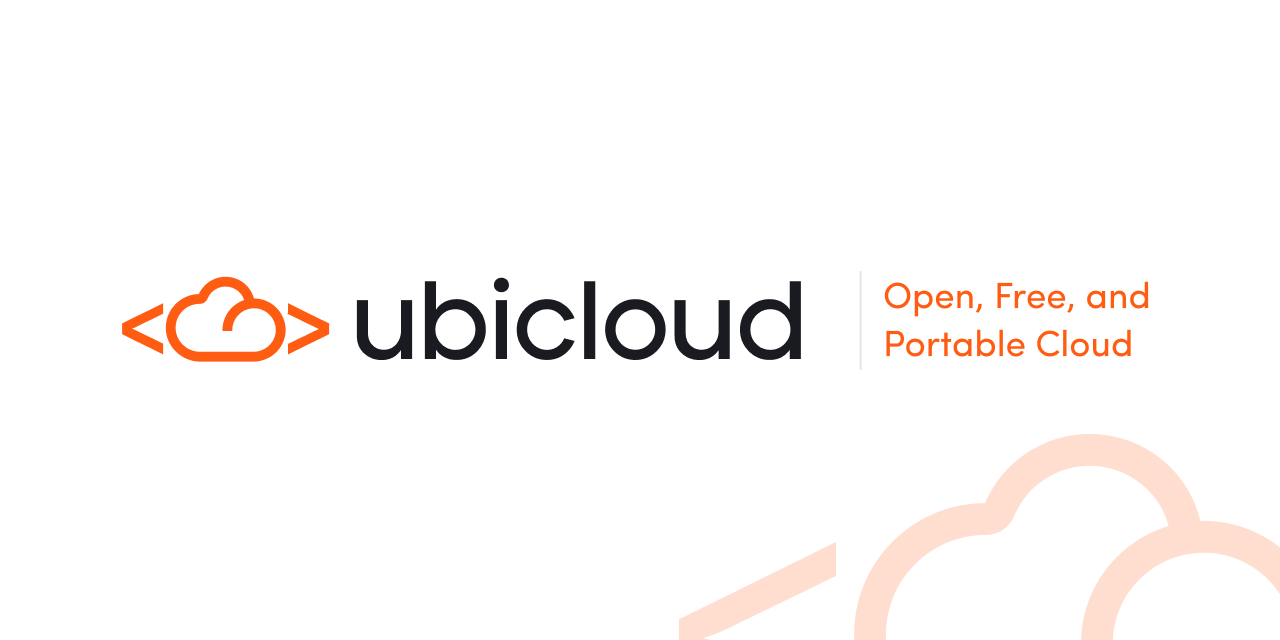OpenStack is a cloud computing platform that was introduced back in 2010. It offers a comprehensive feature set for managing both public and private cloud infrastructure types. It is comprised of a framework and a dedicated toolkit, providing a scalable and flexible experience to all of its users.
It has a large number of applications, from research institutions to government organizations that want to either establish or maintain cloud storage for a specific purpose. The platform is not only open-source, but also modular, making it possible to use specific components based on each company’s use cases and goals, and the fact that it supports multiple storage backends and hypervisor types makes it even more versatile.
Since OpenStack is a modular platform at its core, a lot of its modules have their own separate naming schemes. For example, the combination of storage components Swift and Cinder is responsible for managing information in different forms. The former stores information, while the latter manages VM storage volumes.
A few other examples of OpenStack modules are presented below:
— Horizon is a web-based GUI that simplifies various resource management tasks and improves the general convenience of using the platform.
— Nova is responsible for the orchestration and virtualization capabilities of the platform, it handles not only VM creation but also their management and scalability.
— Glance is necessary to store and manage VM images, making it significantly easier to deploy instances that have been configured beforehand.
— Ceilometer is a monitoring module that offers resource tracking capabilities, offering a detailed look into the performance and usage intensity of the cloud environment.
— Vitrage is a root cause analysis service that provides a sophisticated event management system while offering a variety of insights into various issues within the system.
Even though OpenStack is a rather unusual storage environment, it is still susceptible to a large number of different issues that may tamper with the information, be it human error, natural disasters, malicious actors, malware, etc. As such, regular backups are less of a recommendation and more of a requirement for the majority of use cases.
Since OpenStack is deployed as an IaaS solution in most cases, it would make sense for it to have some basic backup and recovery capabilities included in the package. As it stands, there are two primary built-in backup solutions that OpenStack can offer, with each method being associated with a specific backup module:
— Cinder for the backup process initiated using a command line interface;
— Horizon for the backup process launched using a guided user interface.
Both methods support the creation of either instance-based backups or volume-based backups. Horizon offers a transparent choice between the two as a part of its GUI, while Cinder’s backup method is defined by the way the instance was launched, to begin with (if the instance is volume-backed, then the volume backup type is chosen, the same logic is applied to image-based instances).
Both backup methods also offer a small degree of customization, but it is nowhere near as vast as what third-party backup software can offer. Generally speaking, backup processes can be surprisingly deep and nuanced depending on the use case. OpenStack backups are one such example due to the need to manage multiple cloud instances at once.
Some of the most common recommendations for OpenStack backup processes are:
— Create backups of the entire cloud environment and not just VM data to avoid corruption, missed dependencies, etc.
— Calculate all of the necessary parameters when planning a backup strategy. Knowing your company’s limitations when it comes to RTOs and RPOs can greatly improve the organization’s ability to withstand data breaches and other unfortunate events. It may be somewhat expensive to try and set up a backup environment with low RTOs and RPOs, but there are some businesses that would rather spend an astronomical sum of money on such an environment instead of losing millions of dollars in revenue after a single instance of a data breach.
— Examine the official OpenStack documentation on a regular basis, it contains a treasure trove of useful information that can help operate the platform with a higher efficiency while offering better data management practices, easier navigation across features, and so on. The same process should be done after each major update, but it would not be all that difficult since OpenStack’s updates only happen twice a year on a strict schedule.
— Learn about all of the modules that OpenStack provides. To a certain degree, this is an extension of the previous advice, but its importance is very difficult to overestimate. Modules are the heart and soul of OpenStack, but they all have their own limitations and advantages, and learning to work within the capabilities of each module is the only way to achieve peak efficiency in these environments.
There are a number of different backup solutions that support OpenStack backup and recovery operations, but not all of them are on the same level of integration and the feature set tends to vary from one solution to another quite significantly. Performing thorough research into the software situation on the OpenStack backup market is recommended for most users. Alternatively, you can also use the information gathered in the attached article.
The technology and innovation processes in the IT sector as a whole are going to keep advancing and developing, with new solutions in different fields appearing on a regular basis. Development cycle acceleration, data source proliferation, digitization, and automation are just a few examples of how the entire IT field has changed in recent years, and it is only going to keep changing from now on.
However, none of the innovations or new technologies deter the necessity to use sophisticated data protection measures. Even something as seemingly simple as a data backup can be a lifesaver for the entire company in a variety of situations.
As such, it is highly recommended to work with dedicated third-party OpenStack server backup solutions such as Bacula in order to resolve a multitude of different issues with data backups, disaster recovery, and so on. Bacula’s backup solution is secure and versatile, supports plenty of environment types, and has a massive list of satisfied clients in its portfolio, making it an easy choice when it comes to protecting your OpenStack environments.

























